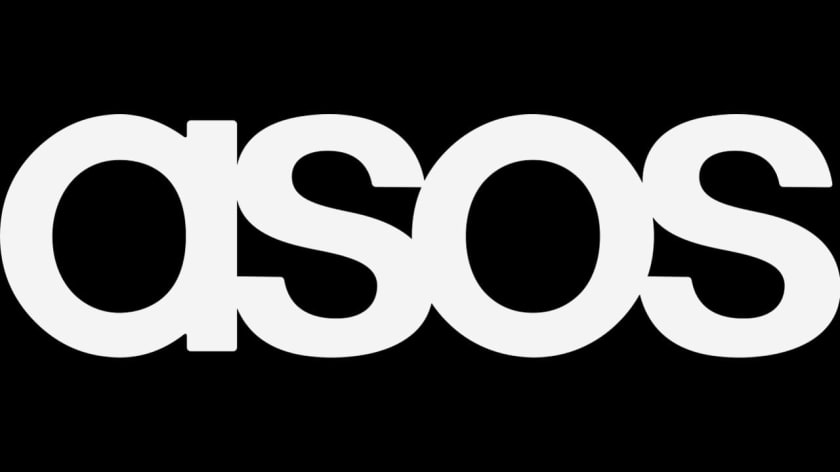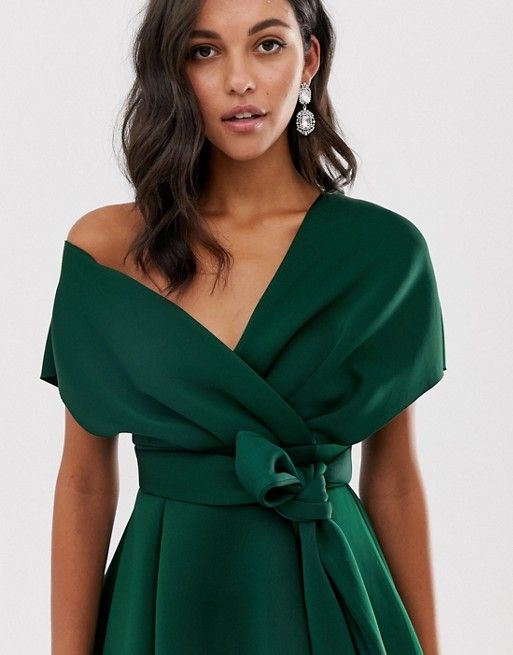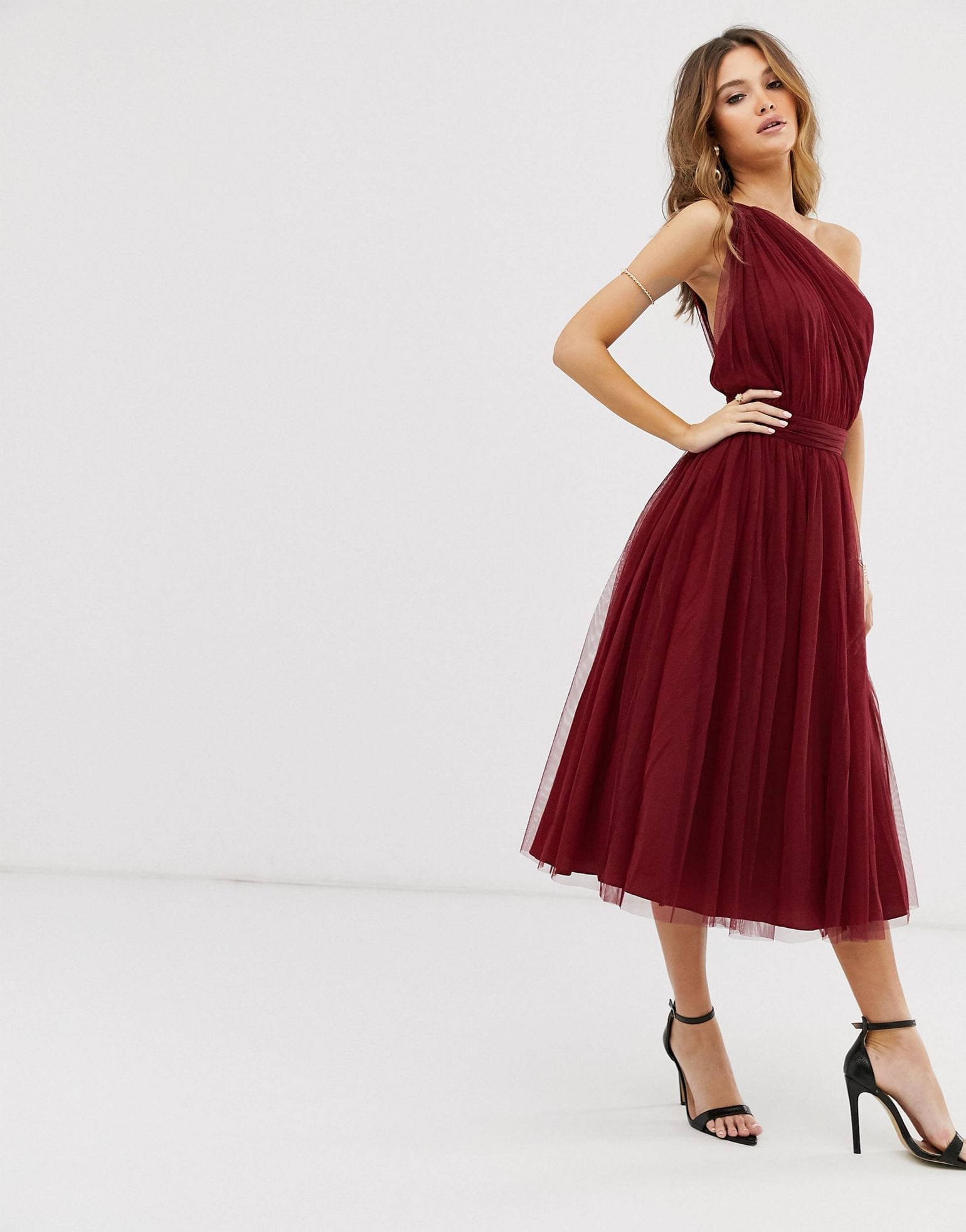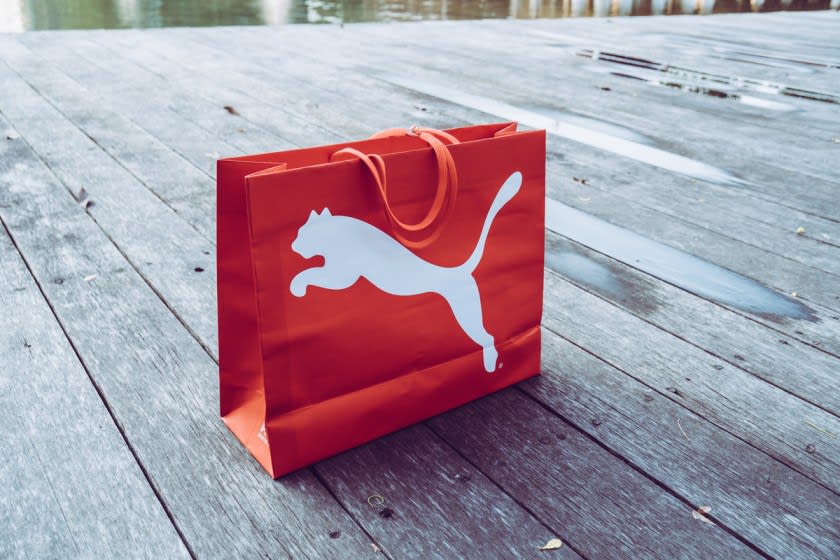ASOS Makes Use of a Platform That Most Internet Retailers Overlook: A Physical Magazine



The fashion sector is worth $3 trillion. The industry has risen at 5.5 per cent per year over the last decade, making it one of the few economic success stories. And, despite the effects of the coronavirus, it currently accounts for 2% of global GDP (GDP). While these staggering figures are remarkable, fashion is about much more than simply moving merchandise. It's all about getting folks to move. ASOS appears to have consistently recognized this.
A business provides customers with value apart from the products and trends. And banking on the attractiveness of content marketing. Brands may use content marketing to give out free content of high value. However, to be termed "pure" content marketing, the content must be self-contained and contribute editorial quality. If anyone believes that print magazines are a thing of the past, they have never read ASOS Brand Magazine. ASOS established their own branded magazine to build their brand and attract a wider audience of fashion-conscious consumers.
About ASOS Design
ASOS, which is short for As Seen On Screen, is a fast-fashion business that adopts its name practically. ASOS Magazine, their self-titled printable and online publication highlights sales goods from their website in every issue. ASOS does not produce "coffee table" magazines like other branded magazines. Although reading through the glossy contents of this print publication is pleasurable, ASOS adheres to its fast-fashion ideal by producing periodicals that cater to the in-the-moment type. Or, more crucially, the sort that buys what's on ASOS' pages every month and looks forward to the next month's selections.
The magazine is (generally) exclusively delivered to the brand's most dedicated customers. The magazine, aimed at both sexes, was mainly given away complimentary to the fashion brand's clients. It was also advertised for sale on the internet for £1 starting February 2018. The downfall of the old magazine industry has resulted in a flow of money and content, with varied outcomes. This implies unprecedented popularity in print and online for some firms, such as ASOS, a British fashion and cosmetics retailer targeting the 18 to 35-year-old demographic.
Consider a clickable magazine where you may purchase directly from the page. The magazine is published both online and in print by the corporation. We don't mean downloaded PDF files when they say it's available online.
Who do ASOS designs cater to?

ASOS has made it quite apparent that it is a youth-oriented business, with a target clientele of individuals in their twenties. Their branding and digital assets emphasize their critical principles of originality, creativity, diversity, and authenticity throughout their branding and digital assets. This motivating message is appropriate for their adolescent target, who place a high emphasis on their feeling of identity and the role that sense of style and fashion play in that.
Given the company's significant sales volume and global reach, it's understandable that ASOS would prioritize originality and innovative design over high-fashion trends. The emphasis is on personal interaction.
With the use of “LiketoKnow,” Vogue uses digital media to transform its Instagram into a shoppable portal; however, the service is not exceptionally user-friendly. It needs users to join, like photographs on Instagram to receive shopping recommendations and then wait for an email from the firm to figure out where they can buy products. This isn't the most convenient approach, especially when compared to the simplicity of using platforms like ASOS or Net-a-Porter.
The need for tangible ASOS design
Readers of fashion publications get drawn to appealing outfits they see in magazines. For example, in one of the issues, ASOS design offers a discussion with Hillary Kerr and Katherine Power, the team behind Who What Wear, and a piece on Lolawolf, the band fronted by Zo Kravitz. Customers who shop at ASOS still prefer to read words on a page rather than on a device. They still like the sensation of a physical object in their hands when they relax with a cup of tea.
Another of the reasons magazines are such a suitable medium for advertising is because of this: ASOS has created a material that allows users to purchase things immediately after viewing them on the page. Taylor Swift, Solange Knowles, Lena Dunham, Brie Larson, Shailene Woodley, Daisy Ridley and John Boyega from Star Wars have all graced the magazine's cover.
ASOS can convert readers into purchasers by making it fun to read information about the product and adverts. It wasn't only a piece of advertising print media or a marketing technique to entice readers to buy the garments and ASOS designs; it also concentrated on making it a fun read.
The psyche of a fashion reader for ASOS designs
ASOS designs use the merger of retail and media. Clothing sales have replaced advertising income as the business basis for magazines. ASOS is well aware of the model that brand publications rely on to succeed: It not only has a beautiful print edition to peruse, but it also has a clickable online edition that allows visitors to purchase directly off the page. The material is excellent, offering benefits that a standard catalogue cannot.
Integrating the magazine's tablet edition, Cosmopolitan is making a significant push at the interactive design magazine model, with Shopadvisor’s "Shop This Page" and "Shop This Ad" elements. Readers can go to websites to buy clothes and accessories by clicking on branded links. Brand publishers, such as ASOS magazine, have a distinct advantage: no further layer or level of separation between the magazine and a prospective purchase.
Each photograph in the editorial spreads has two little squares labelled one and two in the corner. When you select the second, you'll get a remixed rendition of the first ensemble, demonstrating the clothing's adaptability. Below each photo is a summary of the highlighted items and their prices, with links to the product sites where you may add them to your basket right away.
The social media integration of ASOS designs
E-commerce is frequently seen as the magazine industry's golden potential for profit. ASOS combines email, a fashion magazine, and a smartphone app to distribute information, and follows the convergence of retail and media. ASOS has become the UK's most extensive online fashion retail business. It has established its eyes on continuing to expand by utilizing a variety of channels and strategies to attract both broad and targeted audiences and by using new and unconventional innovations that other fashion brands were disregarding.
ASOS Magazine is primarily a publication with an editorial focus rather than a commercial goal. What might have been a glorified catalogue is backed up with good journalistic material generated by an in-house staff characteristic of its competitors. It doesn't feel like an outsider on newsstands, with dips into new trends, cosmetic how-tos, and discussions with celebrities, campaigners, and fashionistas. While ASOS Designs highlights goods, which is critical, product releases are not the driving force behind concept discussions. It's more about what matters at any given time of year.
To generate high-quality material, the content team collaborates with the retail group. ASOS Magazine is a branded publication that blurs the borders separating e-commerce and publishing in its part-catalogue, part-newsstand-worthy magazine, which is offered for free offline and online, although only ASOS Premier customers receive the print edition.
What can we learn from ASOS Design Magazine?

- Publishing and e-commerce must be carefully balanced in branded magazines. Aside from that, it's simply a catalogue. ASOS remedied the situation by adding A-list talent and producing great editorial content.
- The success of a branded magazine may be measured using online e-commerce-driven periodicals. For example, if someone is browsing the magazine digitally and decides to buy it, that's a sure sign of success. It's more challenging to assess the return on investment with standalone print periodicals.
- Advertisements can still be sold to augment the costs of magazines using an e-commerce marketing strategy.
- Brands must select whether they want their print publications to be transitory or side tables when using a "catalogue calendar." Expense, circulation, administration, and frequency will all be influenced by the choice between the two.
- Products in the fashion industry are continually changing. Trends go away almost as quickly as they emerge. A solid brand image is necessary for customer loyalty. Years of listening to customers have resulted in the ASOS brand.
Conclusion
It remains to be seen whether magazines can handle e-commerce as successfully as fashion labels have done. Still, they do not appear to be a danger to ASOS magazine's inventive ascension to the top so far. People can only get their eyes on a copy of ASOS' magazine if they shop online, encouraging them to buy the new ASOS designs. The corporation also utilizes the magazine to market its apparel, leading to more sales of certain items or pieces. If you are looking for more such stories about the fashion industry and its trends, you can count on Fashniza. The fashion platform caters to your manufacturing needs and helps you stay ahead of the competition by sharing knowledgeable information.



















